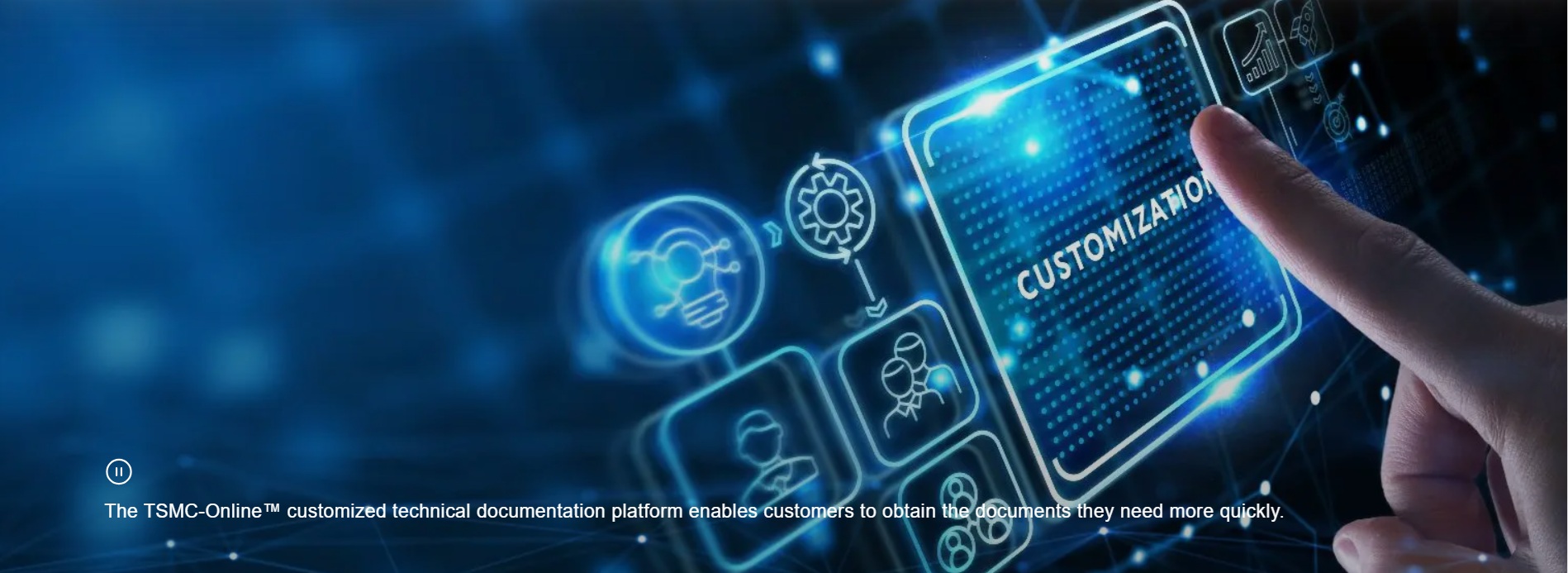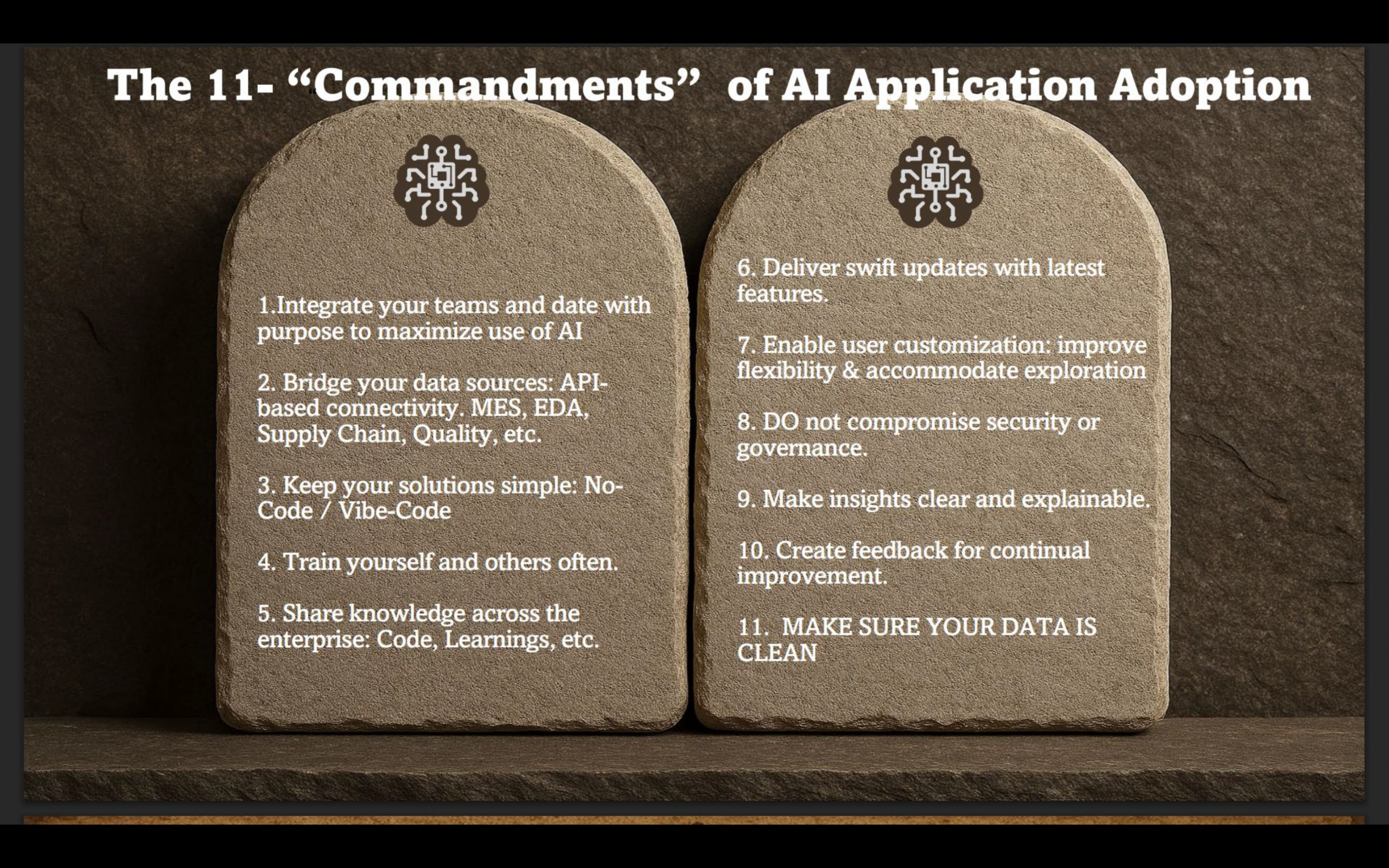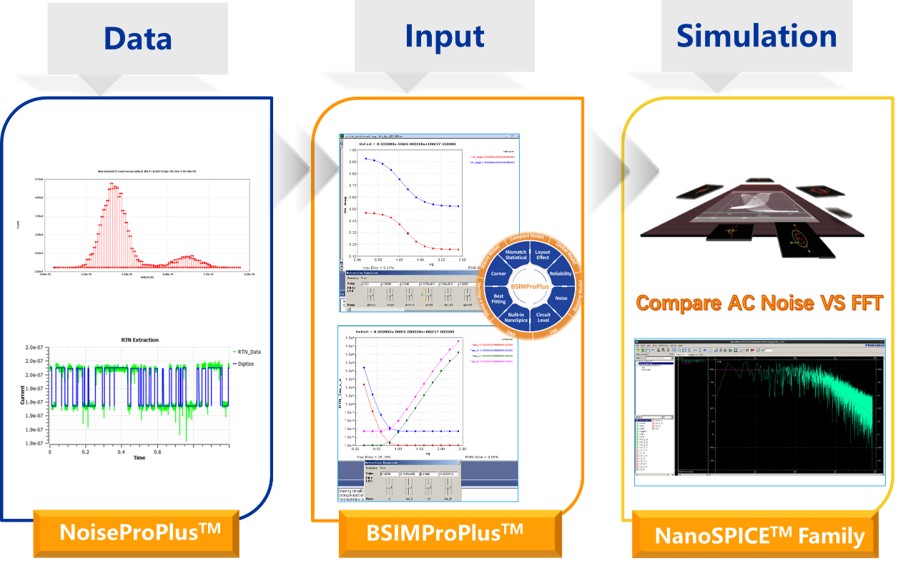Last year, GlobalFoundries filled the competitive gap by offering FD-SOI technology on 22nm, offering better performance than 28nm, you may have read about the news in Semiwiki. Timing is important, as Samsung has announced FD-SOI support one year before (2014) GlobalFoundries, but for 28nm. The announcement made by GlobalFoundries… Read More
 TSMC's Customized Technical Documentation Platform Enhances Customer ExperienceTaiwan Semiconductor Manufacturing Company, the world's leading dedicated…Read More
TSMC's Customized Technical Documentation Platform Enhances Customer ExperienceTaiwan Semiconductor Manufacturing Company, the world's leading dedicated…Read More PDF Solutions' AI-Driven Collaboration & Smarter DecisionsWhen most people hear the term PDF, they…Read More
PDF Solutions' AI-Driven Collaboration & Smarter DecisionsWhen most people hear the term PDF, they…Read More Bringing Low-Frequency Noise into FocusKey takeaways The challenge of acquiring high-quality, reproducible…Read More
Bringing Low-Frequency Noise into FocusKey takeaways The challenge of acquiring high-quality, reproducible…Read More A Brief History of TSMC Through 2025Taiwan Semiconductor Manufacturing Company, the world's largest dedicated…Read More
A Brief History of TSMC Through 2025Taiwan Semiconductor Manufacturing Company, the world's largest dedicated…Read MoreFPGAs at Deep Machine Learning
The concept of machine learning is not new. Attempts at systems emulating intelligent behavior, like expert systems, go as far back as the early 1980’s. And the very notion of modern Artificial Intelligence has a long history. The name itself was coined at a Dartmouth College conference (1956), but the idea of an “electronic… Read More
Using Blockchain to Secure IoT
IoT is creating new opportunities and providing a competitive advantage for businesses in current and new markets. It touches everything—not just the data, but how, when, where and why you collect it. The technologies that have created the Internet of Things aren’t changing the internet only, but rather change the things connected… Read More
NVIDIA looks inside Parker and automotive-grade
‘Parker’ is a fascinating name for a chip designed for autonomous vehicles – more likely, the project name was pulled off a map as a bedroom community near Denver. First highlighted on the roadmap in 2013, and advertised as inside the DRIVE PX 2 platform shown at CES 2016, NVIDIA revealed some details of Parker at Hot Chips 2016.… Read More
What you need to Know about Bluetooth 5
The rate of development in IoT is staggering. Not only are there millions of new devices entering the market every year, but there are numerous emerging technologies for wireless communications, especially those that focus on low power. Keeping track with all of the latest technologies can be difficult, even for industry professionals.… Read More
Keeping your design files organized
Men marry women wishing they will never change, but they do.Women marry men wishing they will be able to change them, but they don’t.
When I was young, even during my University studies, I was a real disaster in anything related to order. My room was always a mess. Whenever my mother or any other would try to change my ways (even… Read More
Is AMD for Sale?
AMD has been artificially pumping up their stock of late so the question I have is; why? What is with the short term strategy? The only answer that I deem noteworthy is that AMD is trying to get acquired and there is a strong case emerging to support that. Also note that AMD CEO Lisa Su is currently the largest single AMD stock holder which… Read More
Will Unicorn Tech Startups Go the Way of the Unicorns?
After a record pace achieved in 2015, there’s no doubt the rate of billion-dollar valuations for startups has cooled down in 2016. But it is too soon to tell if the pause is temporary or reflects a return to the past when billion-dollar valuations for startups were as rare as unicorns.
Success in general brings greater scrutiny and… Read More
IoT Tutorial: Chapter 14 – Wearables IoT Systems and Applications
Introducing Wearables
Wearables are small electronic devices, which comprise one or more sensors and are associated with clothing or worn accessories such as watches, wristbands, glasses and jewelry. Wearables come also with some sort of computational capability, which enables them to capture and process data about the physical… Read More
How to Save 10,000 Lives
It’s Labor Day weekend in the U.S. and the National Safety Council (NSC) has forecast that approximately 400 deaths will occur on the nation’s highways. This death toll is about on par with past Labor Day weekends, with no big increase or reduction anticipated.
This routine slaughter is greeted by most observers with a yawn, but … Read More


Quantum Computing Technologies and Challenges